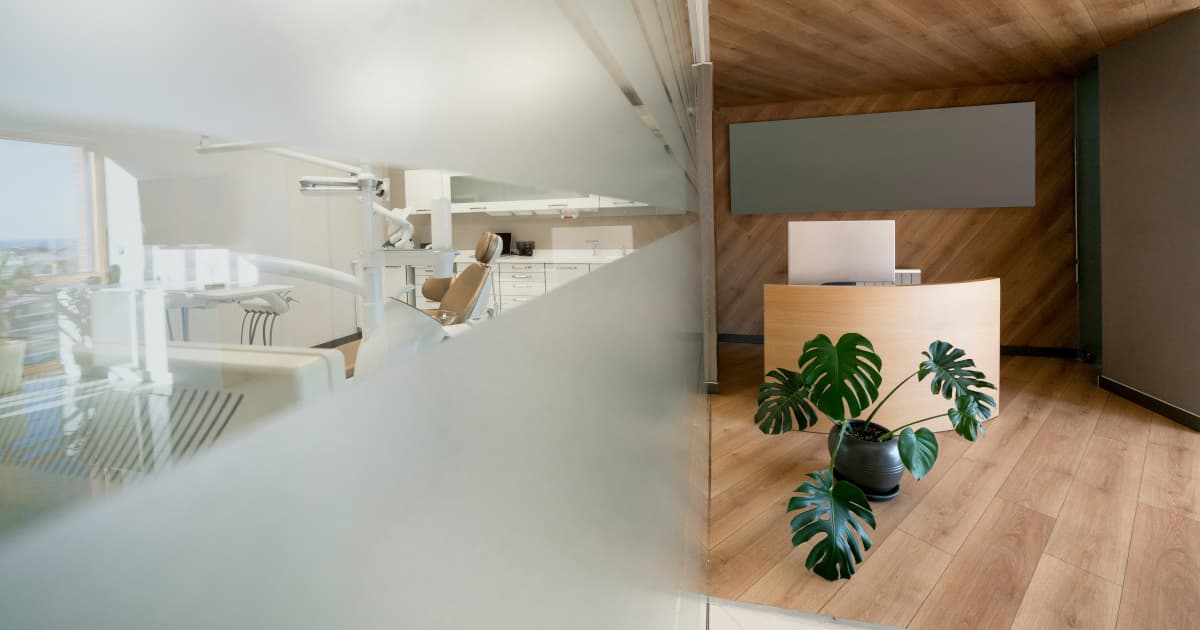
Ocumetics Reports Promising Early Results for Accommodating Intraocular Lens
TL;DR
Ocumetics Technology Corp's new accommodating lens provides patients with a competitive advantage by restoring natural vision without glasses dependency across all distances.
The Ocumetics Lens works by fitting within the eye's natural lens compartment and using natural muscle activity to shift focus between distance and near vision.
This technology improves quality of life by restoring seamless vision for patients, reducing dependence on corrective lenses and enhancing daily visual experiences.
Ocumetics' innovative lens achieves functional 20/40 vision within one month, representing decades of research culminating in transformative ophthalmic technology.
Ocumetics Technology Corp. has reported encouraging one-month safety and vision performance results for the first Group 1 patients receiving the Ocumetics Accommodating Intraocular Lens. The early outcomes demonstrate promising safety profiles and visual performance that could represent a transformative advancement in vision correction technology.
Dean Burns, President and CEO of Ocumetics Technology Corp., described this development as a historic milestone for both the company and ophthalmology as a whole. The safety profile and visual outcomes observed at this early stage align with company expectations, providing a strong foundation for continued clinical progress. These initial results highlight the transformative potential of the Ocumetics Lens and suggest significant implications for patients seeking freedom from corrective eyewear.
Dr. Doyle Stulting, Chief Medical Officer of Ocumetics, expressed excitement about the early results, noting that initial patients are already achieving functional distance vision of 20/40 or better without glasses after just one month. Patients are also showing encouraging signs of near vision performance with no complications reported. These outcomes provide confidence that vision improvements will continue to progress in the coming months as patients adapt to the new technology.
The development represents the culmination of decades of research and innovation, according to Dr. Garth Webb, Chief Scientist and Founder of Ocumetics. The company's vision has consistently focused on restoring natural, seamless vision across all distances, and these early clinical results demonstrate progress toward that goal. The technology aims to leverage the eye's natural muscle activity to shift focus from distance to near, potentially providing clear vision at all distances without dependence on glasses or contact lenses.
Ocumetics emphasizes that while these early results are promising, continued improvement is expected over the coming months as patients adapt and the clinical program advances. The company remains committed to its mission of offering patients clear, continuous vision without corrective eyewear dependence. The clinical protocol was strategically designed to enroll three patient groups, with one-month evaluations focusing on key areas including safety assessment, surgical technique evaluation, and distance vision correction capabilities.
The Ocumetics Lens represents a potential breakthrough in intraocular lens technology, designed to fit within the natural lens compartment of the eye. This approach could eliminate the need for corrective lenses by allowing natural eye muscle activity to control focus across different distances. The company is currently in the first-in-human early feasibility study phase, with these initial results suggesting positive momentum for the technology's development. For more information about the company's progress, visit https://www.ocumetics.com.
The implications of this technology extend beyond individual patient benefits to potentially transform standard practices in cataract surgery and vision correction. If successful, the accommodating lens could set new standards for post-surgical vision quality and reduce long-term dependence on corrective eyewear. The ophthalmology industry may see significant shifts in surgical approaches and patient expectations as this technology advances through clinical trials and regulatory processes.
Curated from NewMediaWire

